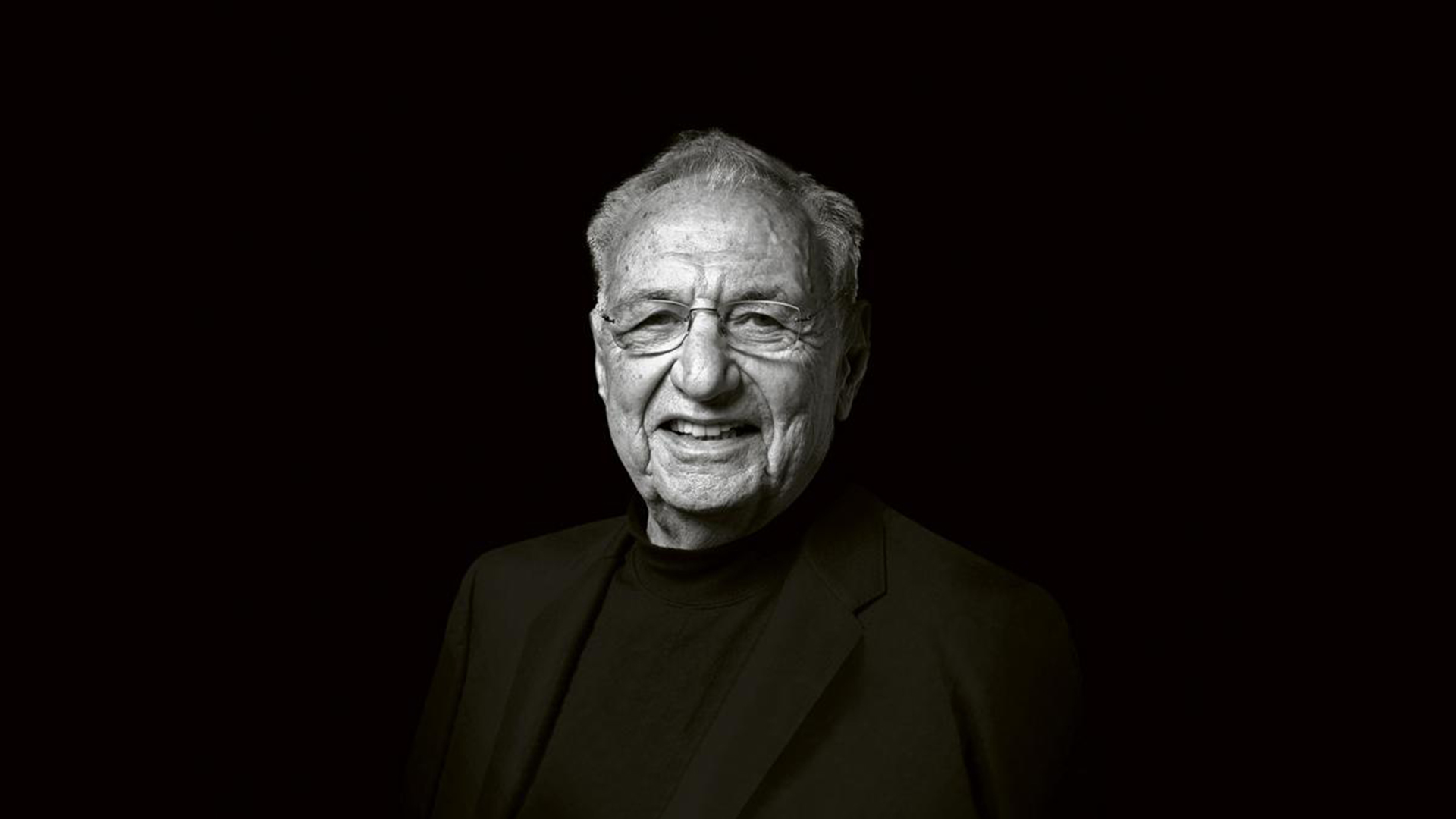Gehry was born in Toronto in 1929. When he was 17, he moved with his family to Los Angeles. He studied at the University of Southern California and then went on to study urban planning at the Harvard University Graduate School of Design.
As a modernist inspired by Alvar Aalto, he has always been concerned with how to “humanize” a building. His answer: through the inventive use of materials. In his approach, he has always been more of an artist than a traditional architect. Like contemporary painters Robert Rauschenberg and Jasper Johns, he created beauty by juxtaposing ordinary materials. His early buildings incorporated corrugated tin and chain link fencing. His early furniture was made of cardboard rolls inspired by the discards of architectural models. Critics attacked his buildings for their lack of classical proportions, clashing colour schemes, and grandiose proportions and commissions were few early in his career.
But Gehry wasn’t fazed. “You have to free yourself of all the rules in order to let ideas happen.” Gehry opened his own practice in 1962 and ultimately the ideas that happened led to some of the world's most spectacular and innovative buildings. From early masterpieces such as the cubist 1989 Vitra Design Museum in Weil-am-Rhein, Gehry achieved global fame in 1997 with the Guggenheim Museum in Bilbao, whose bold sculptural titanium-clad curves changed the face of the city. This success was followed in 2004 by the extraordinary Disney Concert Hall in Los Angeles with its giant billowing sails of stainless steel flashing in the sun.
Gehry’s creative process is hands-on in the most literal sense. He has always loved working with his hands and says that some of his happiest childhood memories were playing with building blocks. In college, his talent in a ceramics class led a professor to encourage him to study architecture. Even in today’s computer culture, Gehry must still manipulate paper, pen, and scissors to create his designs.
First, he needs to thoroughly understand his client’s brief and the site and function of the building, for as he says, “The more you know, the freer you are.” Next, he scribbles loose conceptual sketches. With this rough idea of the overall form, he collaborates with his associates in cutting, folding, creasing, crushing and gluing various materials into a series of physical models of various scales. When he is satisfied with a model, it is scanned into a sophisticated computer modelling program that generates the architectural plans.
Gehry’s unique vision has brought him numerous honours, including the 1989 Pritzker Prize, the 1998 National Medal of Arts Award, and the 2000 American Institute of Architects Gold Medal. Yet he does not rest on his laurels. With his original and controversial vision, he continues to take creative risks and transcend architecture's boundaries.
